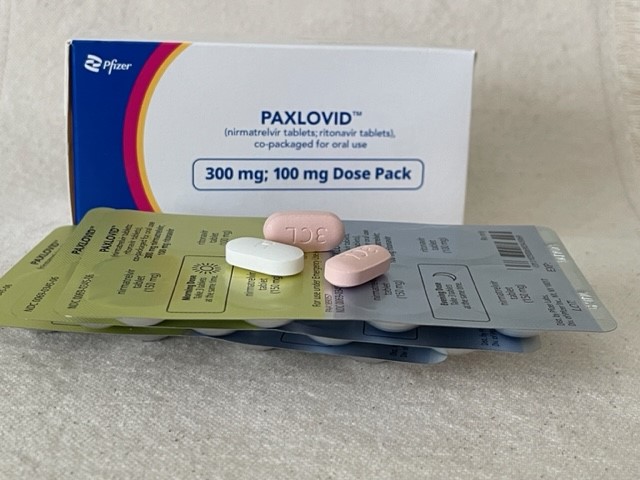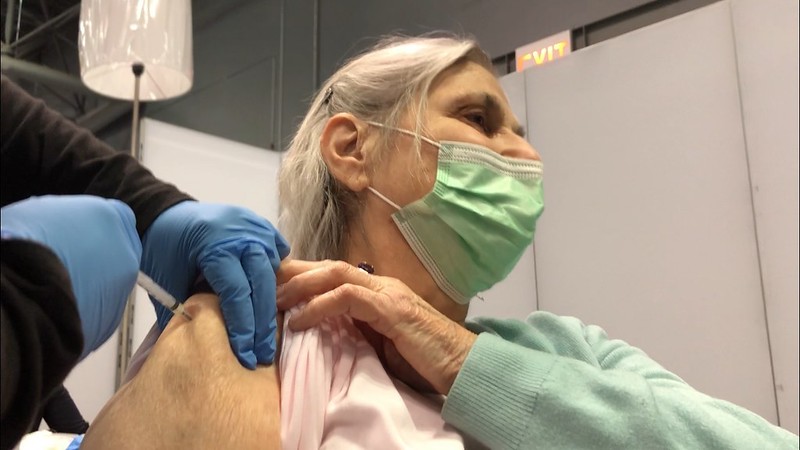An analysis of bacterial isolates from hospitals in North Carolina and ZIP code-level socioeconomic data suggest that low-income status may be associated with higher levels of multidrug resistance, researchers reported today in Infection Control & Hospital Epidemiology.
For the study, a team of researchers from the University of North Carolina (UNC) and Duke University used microbiologic data and information from electronic health records to estimate the proportion of multidrug resistance in Enterobacterales isolates collected from patients in the UNC Health System from 2014 through 2021.
They then calculated the socioeconomic status (SES) subscore of the Social Vulnerability Index for each North Carolina ZIP code. The score represents the summed percentile ranking of a given ZIP code by five areas: poverty rate, unemployment rate, cost-burdened housing rate, percentage of residents who lack health insurance, and percentage of adults who lack a high-school diploma.
Of 90,129 isolates analyzed, 16,401 met the criteria for multidrug resistance, and 686 ZIP codes had 1 or more Enterobacterales-positive culture. The overall percentage of multidrug resistance was highest (19.9%) in the ZIP codes in the low SES quartile, and lowest in the high SES quartile (15.8%).
These findings indicate a need for further investigation into the disparities associated with [socioeconomic status] and infectious disease burden.
The prevalence ratios for multidrug resistance by SES quartiles, relative to the highest quartile, were 1.05 (95% confidence index [CI], 1.00 to 1.10) in the medium-high quartile, 1.24 (95% CI, 1.19 to 1.30) in the medium-low quartile, and 1.26 (95% CI, 1.20 to 1.31) in the lowest quartile. A similar pattern was observed in the relationship between SES and nonsusceptibility for individual antibiotic classes.
The study authors say the findings are consistent with past research suggesting that socioeconomic disadvantage is associated with higher disease burden. But the mechanisms behind the association remain incompletely defined.
"These findings indicate a need for further investigation into the disparities associated with SES and infectious disease burden," they concluded. "These data may help inform preventative efforts to decrease the burden of these important public health threats."



.jpg) An
An 













